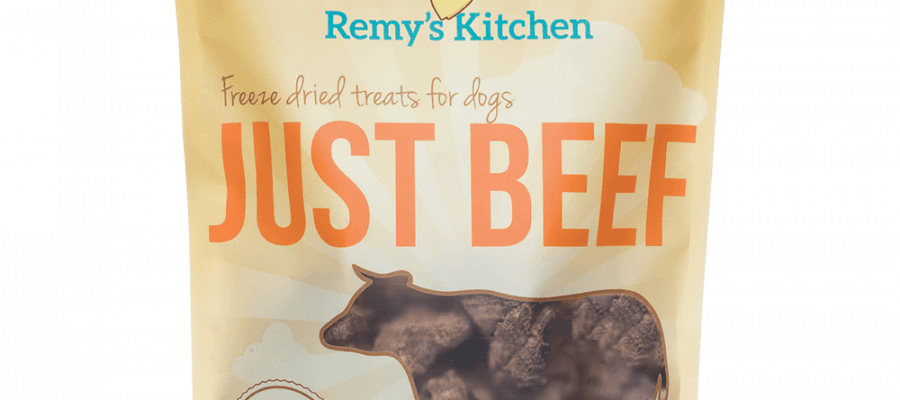
Cats are curious little creatures. They’ll sniff, poke, and sometimes try to taste whatever you’re eating. But just because they’re interested doesn’t mean it’s safe to share. So, what are the foods safe for cats? What’s okay for a bite or two—and what should you absolutely avoid?
Let’s break it down, from safe human foods to questionable cat treats, so your feline friend stays both happy and healthy.
Why You Should Care About What You Feed Your Cat
You love your cat. You want them to live a long, energetic, zoomie-filled life. And just like humans, what your cat eats plays a huge role in their overall health. But cats aren’t small humans. They’re obligate carnivores. That means their bodies are built to digest and thrive on animal protein—not carbs, not sugar, and certainly not plant-based fillers.
So, understanding foods safe for cats is more than just avoiding toxic ingredients. It’s about giving them food that mirrors their natural diet and supports every whisker twitch and tail flick.
Human Foods That Are Actually Safe for Cats
You’ve probably asked, “Can I share a bite of this with my cat?” Let’s get into it. These are human foods that are generally safe (in moderation) for cats:
1. Cooked Chicken and Turkey
Plain, unseasoned, cooked poultry is an excellent source of lean protein. Just make sure it’s fully cooked and boneless.
2. Scrambled or Boiled Eggs
Eggs are full of protein and B vitamins. Serve cooked and plain—no butter, salt, or oil.
3. Salmon and Tuna (In Moderation)
Fish can be a treat. Rich in Omega-3s, it helps with coat health. But don’t overdo it—too much fish can lead to nutrient imbalances.
4. Pumpkin
This fiber-rich food helps with digestion. A spoonful of plain, cooked pumpkin (not pie filling!) can ease constipation.
5. Blueberries and Melon
Some cats surprisingly enjoy fruit. Both are high in antioxidants and water. Just avoid seeds and don’t offer too much.
6. Plain Yogurt
Some cats handle small amounts of lactose. Plain, unsweetened yogurt can offer probiotics and calcium.
Foods You Should Never Share with Your Cat
Some foods might seem harmless—even healthy—but when it comes to your cat, certain items from your plate can be seriously dangerous. Before you offer a taste from your dinner, here’s a quick reality check on what you should never share with your feline friend.
Onions and Garlic: Even in small amounts, these can damage your cat’s red blood cells and lead to anemia over time. Cooked, powdered, raw—it’s all harmful.
Chocolate: Tempting for us, toxic for them. Chocolate contains theobromine, which can trigger tremors, seizures, and even heart issues.
Caffeine: Found in coffee, tea, sodas, and energy drinks. Just a sip can cause restlessness, rapid breathing, or worse.
Alcohol: There’s no “harmless” amount. Even tiny quantities can depress the nervous system or lead to coma and death.
Xylitol: This artificial sweetener is found in gum, candy, and some peanut butters. It can cause insulin spikes and fatal liver failure.
Raw Dough: It continues to rise in the stomach, potentially causing bloating and alcohol buildup—both very dangerous.
Grapes and Raisins: Just a few can cause acute kidney failure in some cats, and the reaction isn’t always predictable.
Your best bet? Stick to foods safe for cats and avoid any guesswork. If you’re ever in doubt, turn to vet recommended cat treats or explore trusted cat treat brands that use species-appropriate, natural ingredients. It’s a safer—and tastier—way to treat your furry companion.
Cat Treats: Not All Are Created Equal
Treat time is sacred. Whether it’s for training, bonding, or just spoiling them, cat treats should bring joy—and nutrition.
But not all treats on the shelf are good for your cat.
Some cat treat brands fill their products with grains, mystery meat by-products, artificial colors, or preservatives. While your cat might beg for them, they’re the equivalent of kitty junk food. Empty calories. No value.
If you’re shopping for vet recommended cat treats, read the labels carefully. Look for:
- Single-source protein (like chicken or salmon)
- No added sugars or sweeteners
- Zero artificial flavors or dyes
- Short, recognizable ingredient lists
Here’s the truth: some freeze-dried treats claim to be “natural” but still include trace fillers or use lower-quality meat. These compromises may not be immediately harmful, but over time, they can lead to digestive issues, allergies, and other long-term health problems.
What About Homemade Cat Treats?
Making treats yourself? Love that. It’s a great way to control the ingredients and tailor them to your cat’s needs.
Here’s a quick recipe idea:
- Shredded cooked chicken
- A dash of plain pumpkin puree
- An egg to bind it
- Shape into small balls and bake until firm
Simple. Clean. Wholesome. And your cat will think you’re a five-star chef.
Vet Recommended Cat Treats: What to Look For
When it comes to spoiling your cat the healthy way, nothing beats vet recommended cat treats. But what makes a treat earn a veterinarian’s seal of approval? It’s not just about taste—it’s about benefits that go beyond the snack itself.
Often, vet-approved treats serve a dual purpose. They’re not only satisfying but functional, too. For example, some treats are formulated with probiotics or pumpkin to support digestion and reduce gastrointestinal issues. Others are enriched with Omega-3 fatty acids, which help keep your cat’s skin hydrated and coat soft and shiny. For cats prone to weight gain or obesity, low-calorie, high-protein treats are favored to support muscle mass without adding unnecessary fat.
Digestibility is another key factor. Vets tend to recommend treats that are gentle on the stomach, especially for felines with sensitivities or allergies. In these cases, limited-ingredient cat treats often come out on top. They minimize the risk of reactions and make it easier to pinpoint any triggers if an issue arises.
Ultimately, treats that promote wellness while keeping things simple tend to win the veterinary stamp of approval. And when in doubt? Less is more. Look for cat treat brands that focus on real, whole-food ingredients and avoid anything overly processed.
Let’s Talk About Cat Treat Brands (The Good, The Bad, and the Misleading)
Here’s the reality: just because a treat is popular doesn’t mean it’s the best. Some cat treat brands are marketing machines—glossy packaging, fun flavors, but questionable ingredients.
Others offer freeze-dried options that sound healthy but don’t tell you where the meat came from or how it was processed.
And then, there’s a better way…
Remy’s Kitchen: Real Treats for Real Carnivores
When your goal is to feed your cat something that’s actually food, Remy’s Kitchen just makes sense. These aren’t gimmicky snacks loaded with fillers or flashy promises—they’re the real deal. Just 100% real meat, freeze-dried to lock in nutrients without cooking out all the benefits. That means your cat (or your dog!) gets all the goodness of raw protein, minus the mess or mystery ingredients.
What sets Remy’s apart? It’s not just the quality—it’s the simplicity. These treats are:
– Easy on sensitive stomachs.
– Perfect for finicky felines who turn their nose up at processed junk.
– Safe and satisfying for both cats and dogs. One bag. Double the joy.
If you’re looking to swap out artificial, over-processed cat treats for something truly aligned with your pet’s needs as a carnivore, this is your answer. No hype—just health.
Can You Share Dog Treats With Cats? Only If They’re Clean
Some dog treats can be safe for cats—especially when they’re made with single ingredients. However, be wary of size (choking hazard) and formulation. Cats have unique dietary needs like taurine, which isn’t always included in dog treats.
If you want a treat that works for both, opt for a limited-ingredient freeze-dried meat treat like the ones offered by Remy’s Kitchen. It’s the rare product that truly works for multi-pet homes.
How to Introduce New Treats or Foods Safely
Cats aren’t big fans of change—especially when it comes to what’s in their bowl. So, if you’re planning to introduce foods safe for cats or new cat treats, slow and steady wins the whiskers. Start by offering a small taste alongside something familiar. Let them sniff, inspect, maybe even walk away (typical). That’s normal.
The key? Patience and observation. Watch for anything out of the ordinary, like:
– An upset tummy (vomiting or diarrhea)
– Skipping meals
– Scratching more than usual
Even subtle shifts in behavior can signal a sensitivity or allergy. If something feels off, hit pause and check in with your vet.
Remember: introducing a new treat should feel like a fun upgrade—not a dietary curveball. Make it gradual. Make it positive. And most importantly, make sure it’s high-quality and nutritious—like something you’d proudly give from Remy’s Kitchen.
Final Thoughts: Your Cat Deserves Better Than Guesswork
Feeding your cat the right food is an act of love. It’s not just about avoiding the bad stuff—it’s about offering real nutrition that supports their wild little hearts. So, next time your cat eyes your dinner plate or begs for a snack, ask yourself: Is this one of the foods safe for cats? And when it comes to cat treats, skip the fillers. Skip the hype. Choose what’s natural. Choose what’s proven. Choose Remy’s Kitchen.




